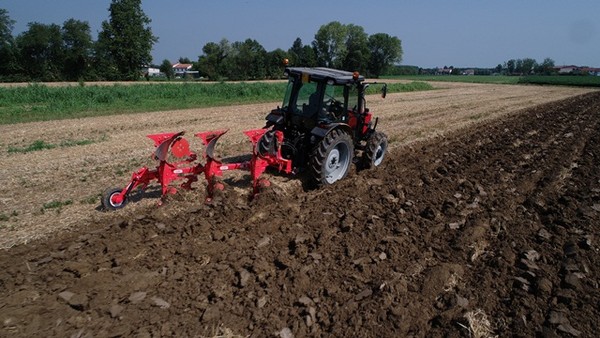
Soil processing, a market that grew by 5%
Positive trend in 2018 of the market for the "implements". Soil processing machines, fertilizer spreaders, and seeders recorded a strong growth compared to the previous year, while the sales of precision seeders and equipment for crop protection had a slight decrease. 2019 should also remain at these levels
The European market of agricultural machinery for soil processing and crop protection registered a robust +5% in 2018 compared to 2017, for a total turnover of around 3.43 billion euros. This figure was published by Cema, an organization that brings together the European associations of agricultural machinery manufacturers. The year 2019, as it was highlighted by the association of manufacturers, should remain on these levels or register a 1% increase.
These figures were published during a meeting that took place in March this year in Lemken headquarters in Alpen (Germany) which hosted specialized Cema commissions, respectively, in the segment of seeding and fertilizing machines, in the sector of technologies for crop protection, and in the field of equipment for soil processing. The increases seen in 2018 – explained Cema – are the result of an uneven market trend. In fact, while machines for soil tillage, fertilizer spreaders and seedersrecorded a decisive acceleration compared to the previous year, the sales of precision seeders and equipment for crop protection marked a slight decline. There were also differences in the performance of the national sectors, such as the transalpine one. “In 2018, in France the sales in both sectors of precision seeders and machines for crop protection increased. It has been – explained Nina Janßen, coordinator of the three Cema Commissions – a compensatory growth which has counterbalanced the heavy arrest of 2017”. At European level, however, agricultural operators have rewarded the most flexible and multifunctional solutions. These work tools are able to meet the demands of the organic sector and face the challanges of climate change but they are also in line with the European regulations concerning road traffic and compliance with standards. But the market, underlined Cema, is increasingly aiming at “user-friendly” and interconnected machines.








